The Culture method of Cymbidium the matters needing attention in the culture of Cymbidium
Hanging orchid, also known as hanging pot grass, hanging orchid, is the most common green plant in ordinary people's homes, many people will also raise hanging baskets in their homes, which are used to watch and purify the air. Let's take a look at the breeding methods of hanging orchids and the matters needing attention.
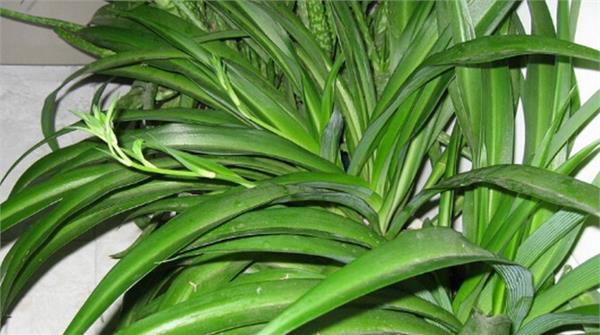
The function of hanging orchid
Decorative effect: hanging orchid is one of the most conservative indoor hanging plants. The leaf is slender and soft, and the stem of Diandian, which is extracted from the leaf axil, has small plants, hanging down from the basin, stretching and hanging, like flowers, evergreen all the year round; both firm and soft, shaped like a crane that spreads its wings, so it is known as "folding crane" in ancient times. In short, the special shape constitutes a unique suspension landscape and three-dimensional beauty, which can play a novel embellishment effect.
Air purification function: hanging orchid is not only an excellent hanging foliage plant in the room, but also a good indoor air purification flower. The hanging orchid has a very strong function of absorbing toxic gases, and the general room keeps 1 or 2 pots of hanging orchids, which can be completely absorbed in the air, so the hanging orchids are also known as "green purifiers".
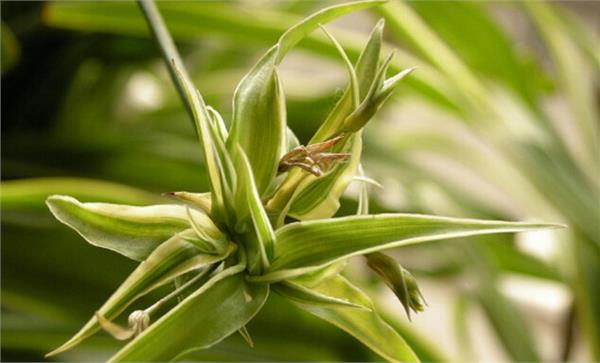
The Culture method of Cymbidium
Cymbidium can be propagated by cutting, ramet, sowing and other methods. Cuttings and ramet propagation can be carried out at any time from spring to autumn. Cymbidium has strong adaptability and high survival rate, so it is generally easy to reproduce. When planting, as long as the stolon with new buds of 510 cm is inserted into the soil, it can take root in about a week, and it can be transplanted into a pot in about 20 days and watered thoroughly and maintained in a cool place.
Temperature control. Cymbidium prefers warm and humid climate and is not resistant to cold. It grows fastest at 2024 ℃ and stops growing at more than 30 ℃. The leaves are easy to turn yellow and dry.
Light adjustment. Outdoor cultivation in summer should pay attention to shade, so as not to make the light too strong, otherwise sunburn can easily occur.
Water and fertilizer regulation and control. Potted soil is usually mixed with rotten leaf soil and garden soil. Sufficient water and fertilizer are supplied during the growth period, shade is paid attention to in summer, and topdressing mainly with nitrogen is applied every half a month to the orchid that begins to grow plantlets.
Take care of the leaves. Indoor often dusty, such as hanging orchids on the dust more, not only affect its growth, but also damage the branches and leaves fresh, fresh, so often spray wash branches and leaves, keep branches and leaves bright and beautiful. Lower withered leaves, yellow leaves should be picked at any time, usually to maintain normal humidity, should not be dry, should not be too wet.
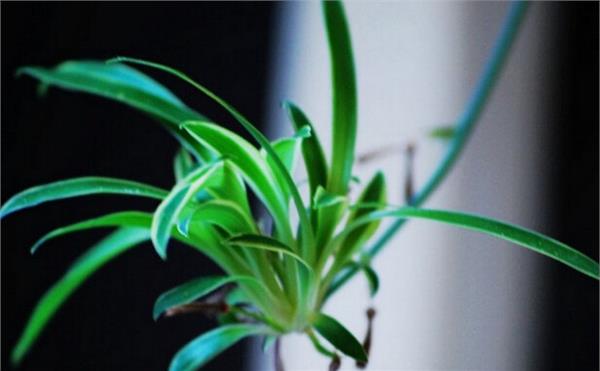
Matters needing attention in Cymbidium Culture
The main results are as follows: 1. Cymbidium is a kind of fertilizer-tolerant plant with yellowing leaves due to lack of nutrients and easy to scorch head senescence.
2. Semi-overcast is better in spring and autumn, light should be seen in the morning and evening in summer, shade at noon, avoid sun exposure, sunshine is more common in winter, basin soil is moist during the growing period, and water can not be accumulated.
3. Change the basin once a year in spring (mid-late March).
4. Avoid direct sunlight in summer. Always keep the basin soil moist. Liquid fertilizer is irrigated every 15 miles for 20 days.
After mid-October, hang the flowerpot indoors close to the sunny surface and easy to watch. In winter, the surface of the basin soil should be watered after being dry at a depth of about 1 meter.
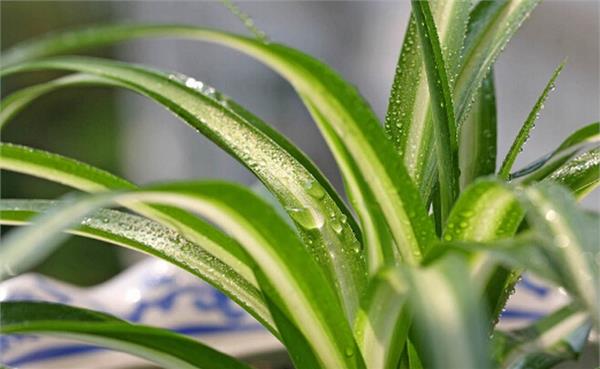
6. when the climate is dry in summer and autumn, measures such as spraying water should be taken to increase the air humidity around the plant.
7. The basin soil should be kept dry in winter. Too wet basin soil will induce Botrytis cinerea and rotten leaves.
8. Indoor lighting should not be too dark, otherwise the leaf color will become light or yellowish green.
9. Watering should avoid pouring into the plant heart, otherwise it is easy to cause tender leaves to rot.
10. Fertilizing too much exceeds the requirement of the plant. At the beginning, the leaves are shiny and uneven, after the roots rot, the leaves will be yellow. Should stop fertilizing, irrigate more water, or turn the pot to clean the root and replace the new soil.
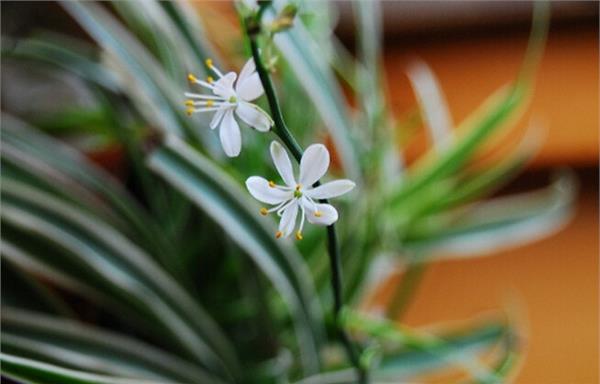
The purification effect of hanging orchids is well known. in a room of about 10 square meters, as long as there is a pot of hanging orchids, it is equivalent to installing an air purifier, which is enough to offset the negative effects of harmful gases.
The above is the relevant introduction of this article, I believe you have a simple understanding of this after reading it, if necessary, you can continue to pay attention to the No. 1 home network for more information.
If necessary, you can continue to follow the No.1 Home Network for more information.
- Prev

What are the types of hanging orchids?
What are the types of hanging orchids?
- Next

Ornamental characteristics of longevity flowers in palace lanterns methods of propagation of longevity flowers
Ornamental characteristics of longevity flowers in palace lanterns methods of propagation of longevity flowers
Related
- Wuhan Hospital Iron Tree Blooming Result Was Instantly Frightened by the Gardener Master
- Which variety of camellia is the most fragrant and best? Which one do you like best?
- What is the small blue coat, the breeding methods and matters needing attention of the succulent plant
- Dormancy time and maintenance management of succulent plants during dormancy
- Minas succulent how to raise, Minas succulent plant pictures
- What are the varieties of winter succulent plants
- How to raise succulent plants in twelve rolls? let's take a look at some experience of breeding twelve rolls.
- Attention should be paid to water control for succulent plants during dormant period (winter and summer)
- Watering experience of twelve rolls of succulent plants
- Techniques for fertilizing succulent plants. An article will let you know how to fertilize succulent plants.

